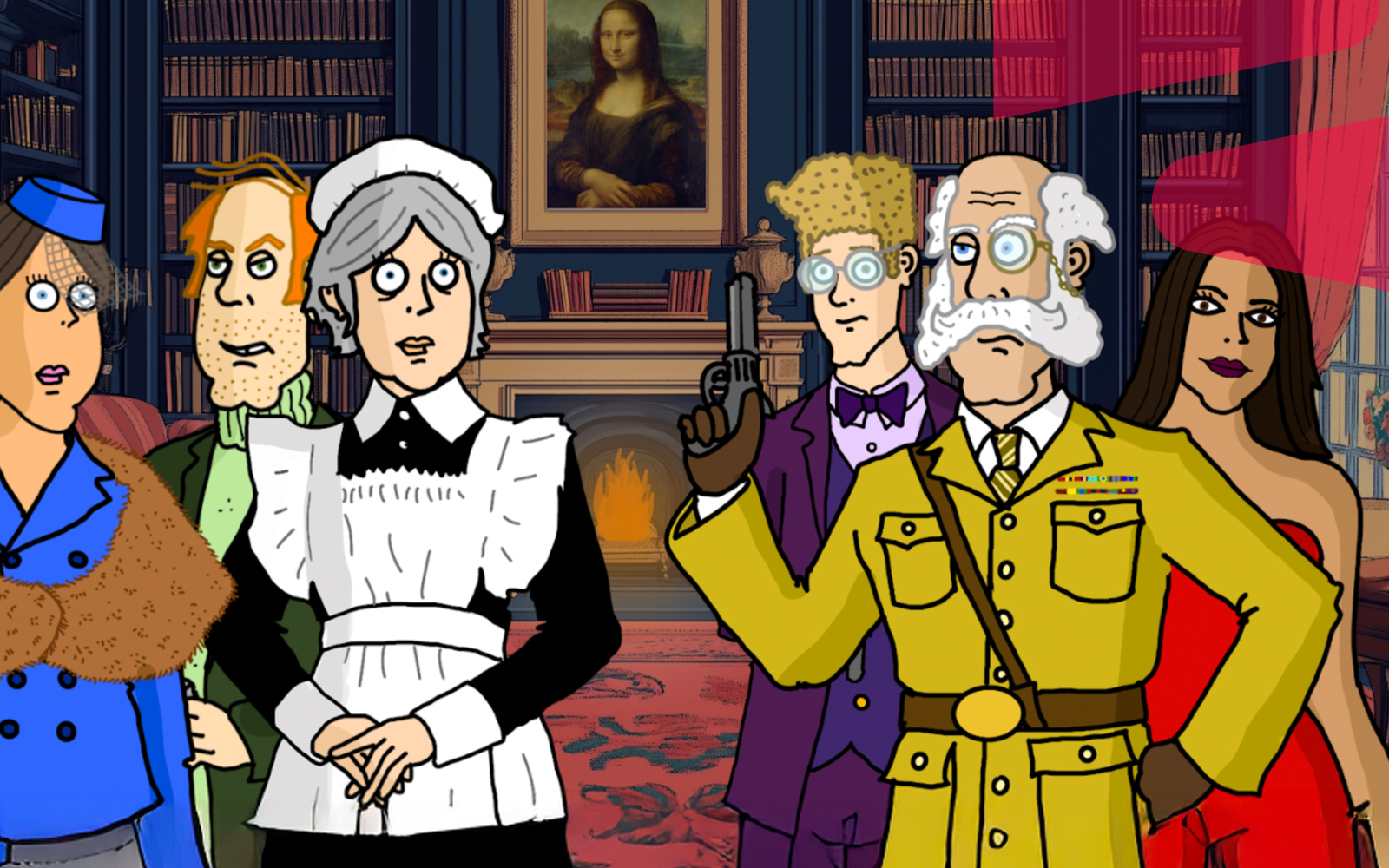
I loved detective work: gathering evidence, investigating hunches, and experiencing the euphoria of solving a crime.
I learned that good Clue players don’t win by merely following a process of elimination. They know where to read between the lines. How to formulate hypotheses. When to take a leap of faith. They also take impeccable notes.
Solid note-taking is a critical skill for strategists. Strategies may form in your head, but they don’t get stronger by staying there. Getting your thinking out onto a page, into a whiteboard sketch, or into a shared document makes it tangible, testable, and collaborative. It’s only when your ideas can be reviewed, refined, or even rejected by others that they begin to sharpen. I’ve found that the best way to do this is to classify everything I capture during research into three categories: Observations, Inferences, and Insights. This method helps clarify what I’m looking at, what I’m starting to believe, and what I’m ready to bet on.
Observations are plentiful. They’re the raw material. They manifest as focus group quotes, trends in spreadsheets, interesting turns of phrases in ethnographies. They’re valuable, but they’re also regularly misused.
Too often, people mistake observations for insights. But insights don’t live on the surface. They’re only uncovered by digging deeper.
A detective in the world of Clue might observe something like, “The study door was locked from the inside.” An ethnographer researching mattress purchasers might observe a row of books on productivity at a sleep-deprived family’s house. These are both very astute observations, but they are only starting points. They’re not breakthroughs.
Inferences are where strategy starts to breathe. They’re the “Hmm…” moments—the ideas that pop up uninvited while you’re in the research weeds.
They often show up as connections between disparate dots, as half-formed theories, as hypotheses that might need testing. They’re the messy middle between "observation" and “insight."
Our detective from Clue might infer that a locked door in the study implies that the killer is someone who had access to a key, or who knows how to lockpick. Our ethnographer working on the mattress project might infer that an obsession with productivity could be tied to underlying anxiety about not achieving enough.
Inferences aren’t proven, but they’re thoughts worth chasing. They often stoke good discussions when you’re reviewing your notes with your colleagues. And sometimes they get refined into insights.
Insights are the grails strategists chase. They’re rare, hard-won, and transformative. An insight should resonate because it’s both deeply true and previously unspoken. It will often be a pattern you see, and/or a thread that connects the dots from various points of your research.
An insight can unlock an entire campaign, shift a brand’s positioning, or reframe a tired category. You know you’ve hit an insight when your team stops talking and just says: “That’s it.”
Our sleuth might crack the case with an insight like, “The murder wasn’t about the deceased; the real goal was to ruin someone else’s life, not end the victim’s.” Our intrepid mattress researcher might discover a recurring theme throughout their research about the audience harboring tremendous guilt for indulging in much-needed sleep. That’s a eureka. It reframes the problem and unlocks powerful creative opportunities that break through in ways that stick. When an insight connects deeply, it gives the creative department something unforgettable to build on, and that’s how we help brands that connect to be remembered.
Strategy is detective work. And great detectives don’t just take notes, they interrogate them.
So next time you’re knee-deep in research, ask yourself: Is this something I saw? Is this something I think? Or is this something I know, and need the world to hear?
That’s the difference between filling a deck and fueling great work.
Phil leads strategic planning at Co with a human-centered, insight-driven approach. With experience from DC to San Francisco, and a background in digital and brand storytelling, he helps brands like Visit Seattle and Gesa Credit Union connect deeply and stand out in crowded spaces.